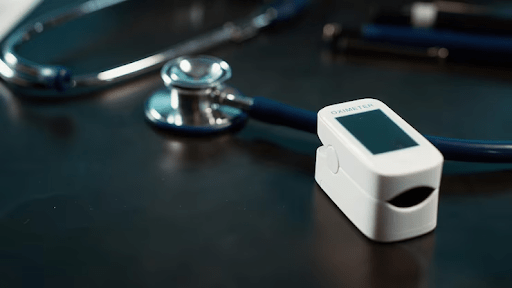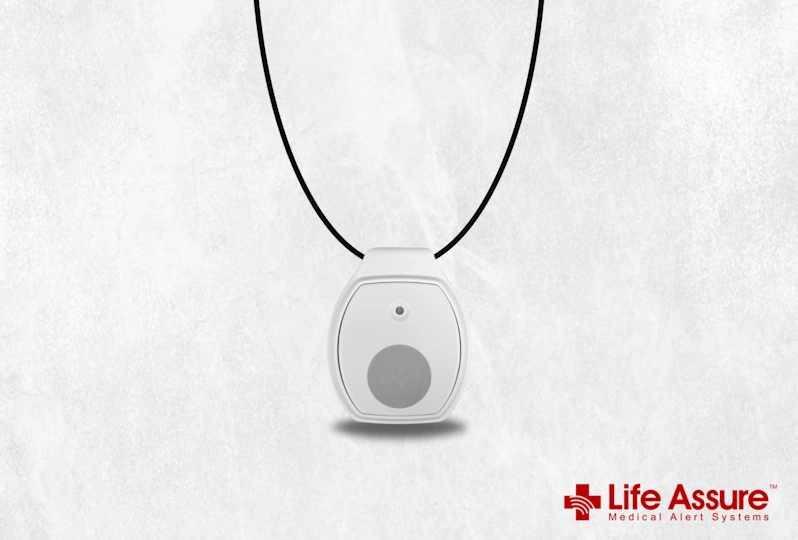5 Factors That Affect Life Alert Costs For Seniors

For many older adults and their families, peace of mind often comesŌĆéin the form of knowing that help is only a button press away. Life alert systems are designed to provide that sense of security, connecting users to emergency responders quickly in the event of falls, accidents, or health emergencies.
But, as much as the benefits are obvious, the costs can beŌĆéa little more complicated.
Life alert devices offer different services with varying pricing options, not all of which are clearlyŌĆédisclosed at the outset. What looks nice on the surfaceŌĆéis that even monthly fees can hide charges, setup costs, or per-feature fees.
If youŌĆÖre a senior citizen trying to survive on limited retirement or disability money, the factors that determine the price ofŌĆéa life alert system can help you make the smartest decision for your finances and your safety.
Here are five of the most important things that will helpŌĆédetermine the total cost of the service and what you should know before you enter a contract.

1. Type of Device and Equipment Package
The typeŌĆéof life alert device and package you choose is the first major factor influencing costs.┬Ā
Life alert devices come in various forms, from in-home base stations and wearable pendants to GPS-enabled devices for use outside to even wall-mounted help buttons for bathrooms or stairwells.┬Ā
The more advanced or portable the device is, the higher the price.
Most basic packages include an in-home unitŌĆéand a wearable pendant or wristband connecting to a landline or cellular network.┬Ā
These packages might seem affordable at first, but if you add mobile units or GPS tracking, useful for active seniors or those who travel often, the cost can add up quickly.┬Ā
For example, in Canada, pricing for these devices may differ due to currency exchange rates, shipping costs, and regional service providers. Therefore, understanding the full medical alert cost in Canada is essential, especially when evaluating different packages and service levels.
2. Monitoring Services and Subscription Plan
Another major contributor to the overall cost of life alert devices is the type of monitoring service and subscription plan selected.┬Ā
Mostly, life alert devices have a 24/7 monitoring center where live dispatchers provide assistance in emergencies. This 24-hour monitoring is generally the most significant ongoing cost, typically billed as a monthly or annual fee.
That said, the service level you select canŌĆéhave major pricing implications. Standard monitoring will entail emergency help afterŌĆéa button is pressed, while premium packages might include automatic fall response, wellness check-ins, caregiver notifications, or medication reminders.┬Ā
EveryŌĆéadd-on comes with its charge, and they can pile up fast.

3. Technology and Connectivity Options
The type of technology a life alert system utilizes isŌĆéa large part of what determines its cost.┬Ā
In the old days, medical alert systems operated through landlines, but now they use cellular or even GPSŌĆétechnology. Each option has benefits, but they also come with different costs.
Landline systems, meanwhile, are usually cheaper to start but only work in the homeŌĆéand may not function if the power goes out unless you have a battery backup. Cellular systems provide more flexibility and donŌĆÖt rely on aŌĆéhome phone line, but they usually come with higher service fees from carriers.
However, when GPS is added, the system can also enable live tracking, a benefit for older adults who remain active or have dementiaŌĆéand may wander. However, the GPS capability means the system becomes more expensive and complicated.
Some services alsoŌĆéoffer mobile apps that allow caregivers to track the userŌĆÖs location or status ŌĆö another convenience, but one that usually comes with a fee.
4. Additional Features and Add-Ons
Customization is a double-edged sword when it comes to medical alert systems. On one hand, it allows you to tailor the system to your specific needs. On the other hand, it allows you to customize the system according to your needs.┬Ā
By the same logic, however, it can alsoŌĆégreatly hike up prices with add-ons and conditionings.
Popular add-ons include automatic fall detection, which activates sensors to detect sudden movement and contacts emergency services even if the user cannot push the button.┬Ā
Although this is an essential feature for some, particularly for people who have trouble with balance or have experienced a fall, it is usually an add-on that costs extra.

5. Contract Terms and Hidden Fees
Lastly, one of the biggest cost-related factors that often catches buyers off guard is the fine print in the contract.┬Ā
Many life-alert devices are known for requiring long-term contracts that last at least three years, and many elderly individuals are taken aback when they discover that canceling ahead of schedule can result in steep penalties.
Hence, read the terms of service very closelyŌĆébefore signing anything. Inquire about any activation or cancellation fees and whether there is a trial period during which you can return the equipment for a full refund.┬Ā
Other companies may charge shipping or installation fees, or billŌĆéfor replacing lost or broken equipment, all of which add to the final cost.

Wrapping Up
The decision to invest in a life alert system for yourself or a family member is an emotional and financial one. Having that sort of protection and independence under your belt can be priceless, as long as the costs align with your expectations and are within budget and reasonable.
Nevertheless, the costs of life alert systems can often be obscured by vague pricing models, long-term contracts, and bundled services.
Thus, by learning about these five important considerations for what drives life alert system costs, you can give yourself more confidence in your buying decisions.



